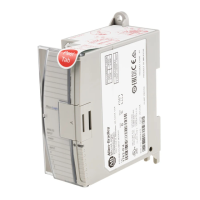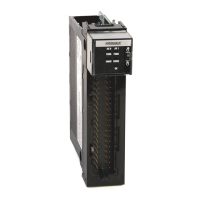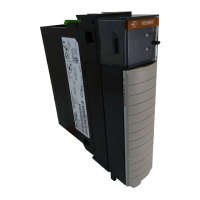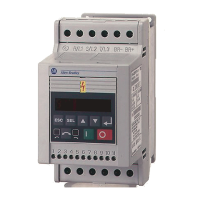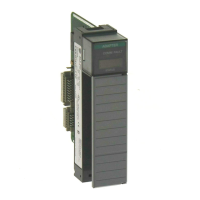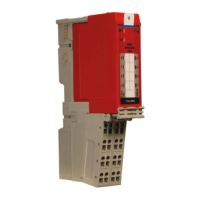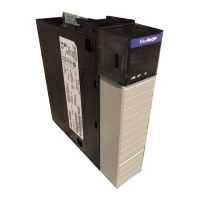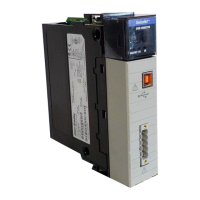Publication 1762-RM001C-EN-P
4-2 Programming Instructions Overview
Using the Instruction
Descriptions
Throughout this manual, each instruction (or group of similar instructions)
has a table similar to the one shown below. This table provides
information for all sub-elements (or components) of an instruction or
group of instructions. This table identifies the type of compatible address
that can be used for each sub-element of an instruction or group of
instructions in a data file or function file. The definitions of the terms used
in these tables are listed below this example table.
The terms used within the table are defined as follows:
•
Parameter - The parameter is the information you supply to the
instruction. It can be an address, a value, or an instruction-specific
parameter such as a timebase.
•
Data Files - See Data Files on page 2-5.
•
Function Files - See Function Files on page 3-1.
•
CS - See Communications Status File on page 3-13.
•
IOS - See Input/Output Status File on page 3-18.
•
DLS - See Data Log Status File on pag e22-9.
•
Address Mode - See Addressing Modes on page 4-3.
•
Addressing Level - Address levels describe the granularity at which an
instruction allows an operand to be used. For example, relay type
instructions (XIC, XIO, etc.) must be programmed to the bit level,
timer instructions (TON, TOF, etc.) must be programmed to the
element level (timers have 3 words per element) and math
instructions (ADD, SUB, etc.) must be programmed to the word or
long word level.
Table 4.1 Valid Addressing Modes and File Types - Example Table
Parameter
Data Files Function Files
CS - Comms
IOS - I/O
DLS - Data Log
Address
Mode
(1)
(1) See Important note about indirect addressing.
Address
Level
O
I
S
B
T, C, R
N
L
ST
MG, PD
RTC
HSC
PTO, PWM
STI
EII
BHI
MMI
DATI
TPI
Immediate
Direct
Indirect
Bit
Word
Long Word
Element
Source A •••••••••••••••••••••• • •••
Source B •••••••••••••••••••••
• • •••
Destination •••••••••••••• •
• •••
IMPORTANT
You cannot use indirect addressing with: S, ST, MG, PD,
RTC, HSC, PTO, PWM, STI, EII, BHI, MMI, DAT, TPI, CS,
IOS, and DLS files.

